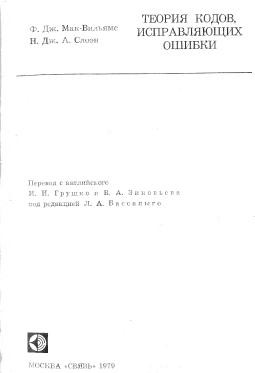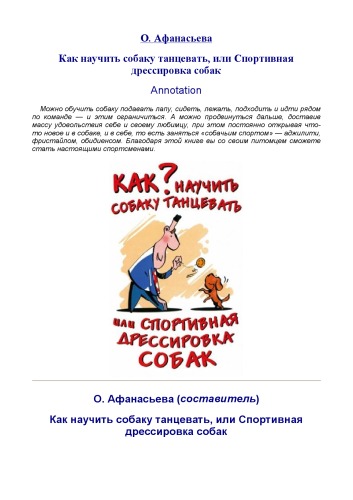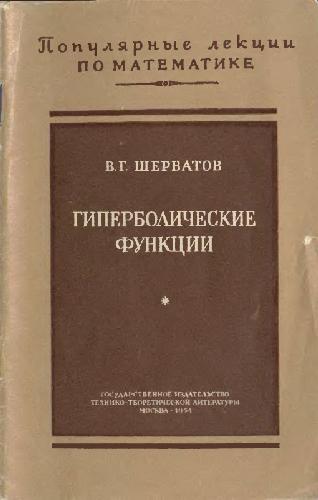- 2 402 202 книги
- Поиск
libcats.org







Robotic Subsurface Mapping Using Ground Penetrating Radar
Herman H.The goal of our research is to develop an autonomous robot for subsurface mapping. We are motivated by the growing need for mapping buried pipes, hazardous waste, landmines and other buried objects. Most of these are large scale mapping problems, and to manually construct subsurface maps in these cases would require a significant amount of resources. Therefore, automating the subsurface mapping process is an important factor in alleviating these problems.To achieve our goal, we have developed a robotic system that can autonomously gatherand process Ground Penetrating Radar (GPR) data. The system uses a scanning laser rangefinder to construct an elevation map of an area. By using the elevation map, a robotic manipulator can follow the contour of the terrain when it moves the GPR antenna during the scanning process. The collected data are then processed to detect and locate buried objects. We have developed three new processing methods, two are volume based processing methods and one is a surface based processing method. In volume based processing, the 3-D data are directly processed to find the buried objects, while in surface based processing, the 3-D data are first reduced to a series of 2.5-D surfaces before further processing. Each of these methods can be made very fast using parallel processing techniques, but they require an accurate propagation velocity of the GPR signal in the soil. On the other hand, the surface based processing method uses 3-D segmentation to recognize the shape of the buried objects, which does not require an accurate propagation velocity estimate. Both approaches are quire efficient and well suited for online data processing. In fact, they are so efficient that the current bottleneck in the subsurface mapping process is the data acquisition phase.The main contribution of the thesis is the development of an autonomous system for detecting and locating buried objects. Specifically, we have developed three new methods to find buried objects in 3-D GPR data. Using these methods, we are able to autonomously obtain subsurface data, locate and recognize buried objects. These methods differ from existing GPR data processing methods because they can autonomously extract the location, orientation, and parameters of the buried object from high resolution 3-D data. Most existing methods only enhance the GPR data for easier interpretation by human experts. There are some existing works in automated interpretation of GPR data, but they only work with 2-D GPR data. We implemented the three different methods to demonstrate an autonomous buried object retrieval system. In summary, we have developed a robotic system which makes subsurface mapping faster, more accurate and reliable.
Скачать книгу бесплатно (pdf, 1.82 Mb)
Читать «Robotic Subsurface Mapping Using Ground Penetrating Radar»
Читать «Robotic Subsurface Mapping Using Ground Penetrating Radar»
EPUB | FB2 | MOBI | TXT | RTF
* Конвертация файла может нарушить форматирование оригинала. По-возможности скачивайте файл в оригинальном формате.
Популярные книги за неделю:

Проектирование и строительство. Дом, квартира, сад
Автор: Петер Нойферт, Автор: Людвиг Нефф
Размер книги: 20.83 Mb

Система упражнений по развитию способностей человека (Практическое пособие)
Автор: Петров Аркадий НаумовичКатегория: Путь к себе
Размер книги: 818 Kb

Сотворение мира (3-х томник)
Автор: Петров Аркадий НаумовичКатегория: Путь к себе
Размер книги: 817 Kb

Радиолюбительские схемы на ИС типа 555
Автор: Трейстер Р.Категория: Электротехника и связь
Размер книги: 13.64 Mb
Только что пользователи скачали эти книги:

'Встреча в горах' Воха Васильев, Алексей Свиридов
Автор: Калабухин СергейКатегория: Научная Фантастика
Размер книги: 12 Kb

Теория кодов, исправляющих ошибки
Автор: Мак-Вильямс Ф.Дж., Автор: Слоэн Н.Дж.А.Категория: Tech,
Размер книги: 16.73 Mb

Как научить собаку танцевать, или Спортивная дрессировка собак
Автор: О. АфанасьеваКатегория: КНИГИ ХОББИ и РЕМЕСЛА
Размер книги: 805 Kb







